Traffic deaths on downward trend in Kenya
Posted 7 years ago
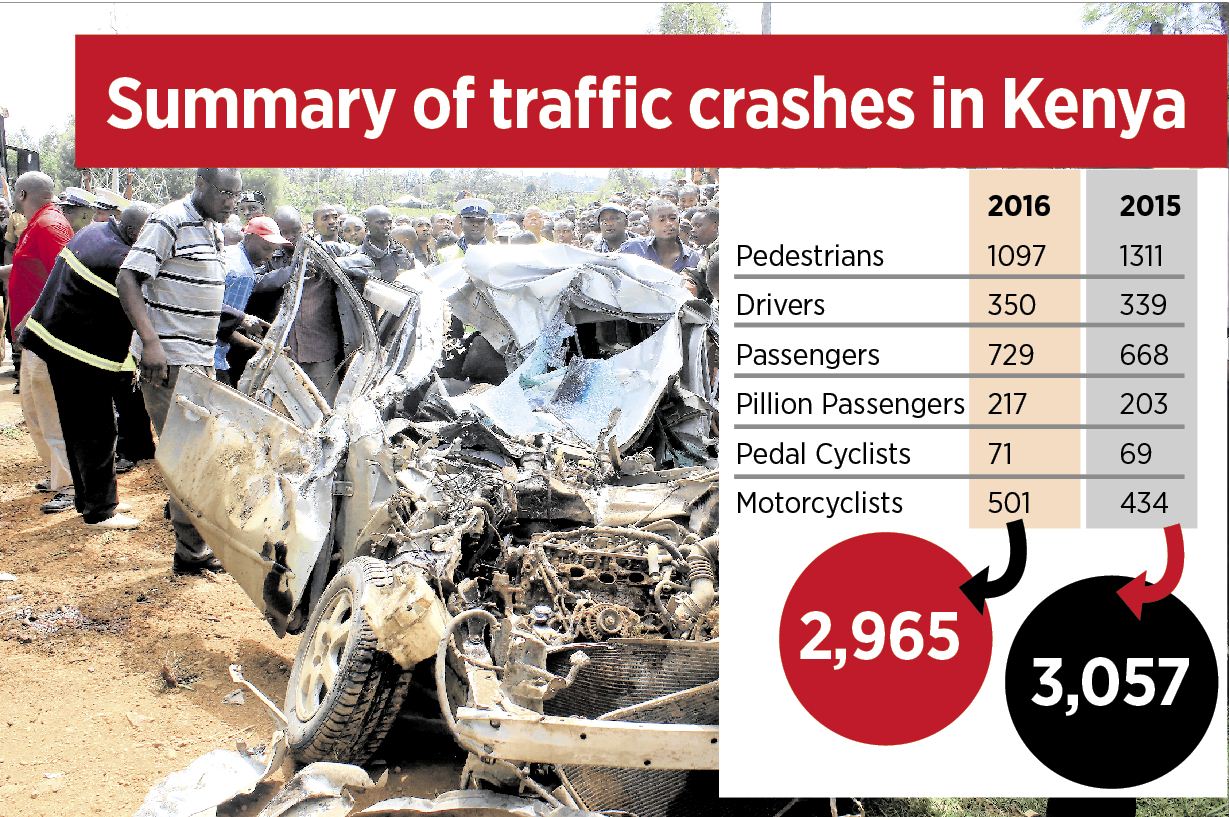
Data from the country’s National Transport and Safety Authority (NTSA) shows a three percent drop in deaths, from 3,057 in 2015 to 2,965 last year.
There was also a drop in traffic deaths over the December period, during which accident numbers rise over increased travel.
Over the festive season, 289 people lost their lives in crashes in 2016, compared to 304 in 2015.
NTSA had said it will enhance speed checks, drink-driving tests and motor vehicle inspections during the season.
The number of deaths of motorcyclists, pedal cyclists and pillion passengers however increased by 25 percent with 789 killed in traffic crashes last year. This is up from 706 deaths in 2015.
There was however a significant drop in pedestrian deaths to 1,097 from 1,344 the previous year.
This has been attributed to construction of pedestrian barriers on major roads within Nairobi City that used to account for upto 40 percent of countrywide pedestrian deaths.
NTSA Director General Francis Meja faulted road engineers for designing roads for motorists and forgetting other road users.
He said this has contributed to rise in pedestrian and motorcyclists deaths.
“There are stretches where there are no crossing for pedestrians and the road has three lanes on either side. Accidents are prone to happen in such situations,” he said.
BARRIERS
The authority has since been forced to erect barriers, especially on new roads, to stop pedestrians from crossing on undesignated areas.
Such barriers have been erected on Mombasa Road, Northern Bypass and Landhies Road.
The NTSA boss said the authority partnered with corporates to erect the barriers on high risk roads to ensure pedestrians use foot bridges, designated crossing points or sections where they are assisted to cross by marshals.
Most of the crashes have been attributed to speed.
Speeding motorists put other road users at risk especially vulnerable ones who include children.
Handicap International Road Safety Project Manager Stephanie Aketch also said speeding statistics show how Kenyan roads are unsafe, especially for vulnerable groups who include children
“Those going to and from school if hit can either die or sustain life long injuries. I urge the government to reduce speed near schools or recreation areas where they play to 30kph for the safety,” she said.
NTSA’s data shows that school going children of between five to nine years accounted for seven per cent of traffic deaths between January and November 2016.
The most affected age group over that period were those aged between 25 to 29 years as they were15 per cent of total crash victims.
According to World Health Organization (WHO), speed is estimated to cause about half of all road accidents.
WHO states that the higher the speed of a vehicle, the shorter the time a driver has to stop and avoid a crash.
The organization states that a car travelling at 50 kph will require 13 metres to stop, while a car travelling at 40 kph will stop in less than 8.5 metres.

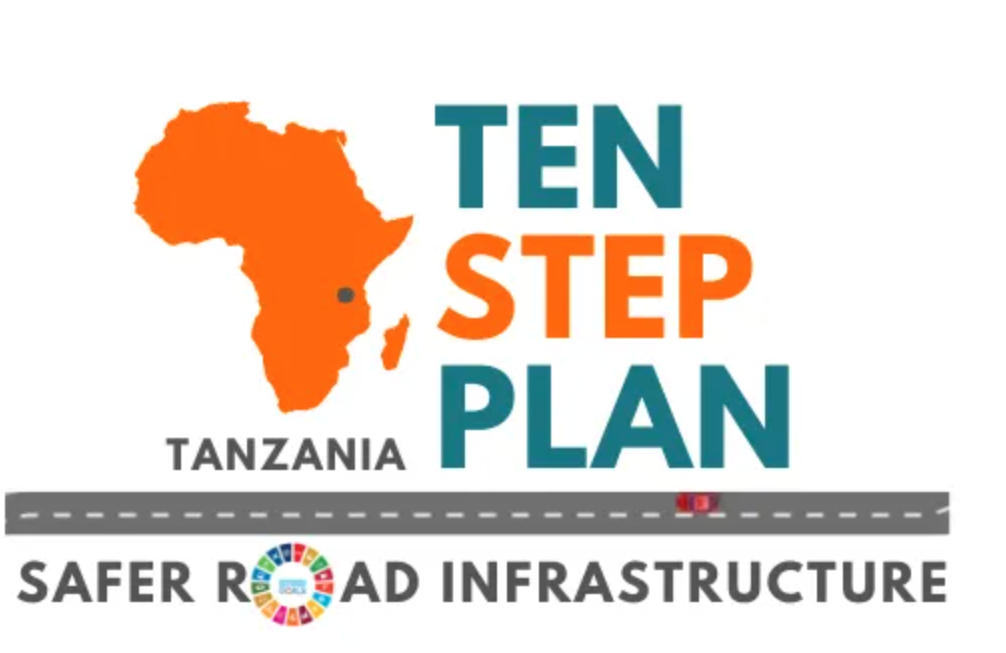
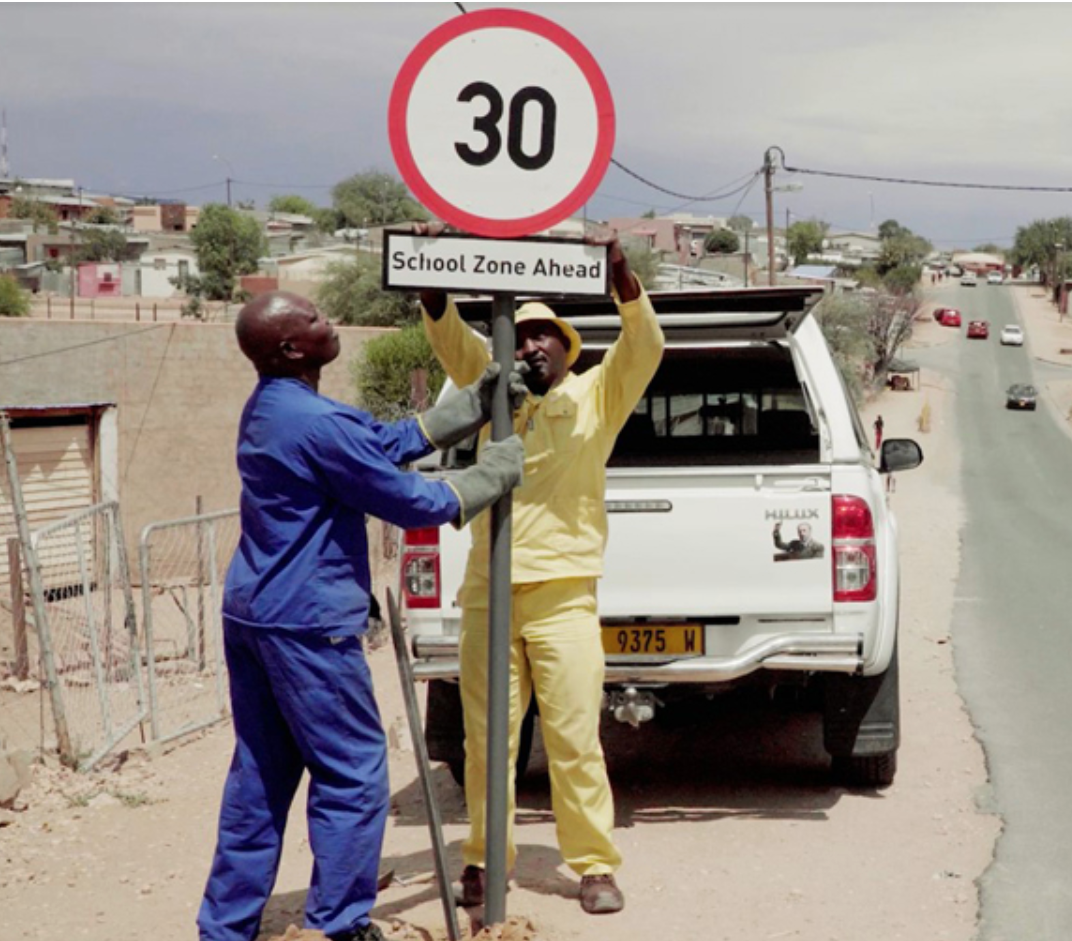

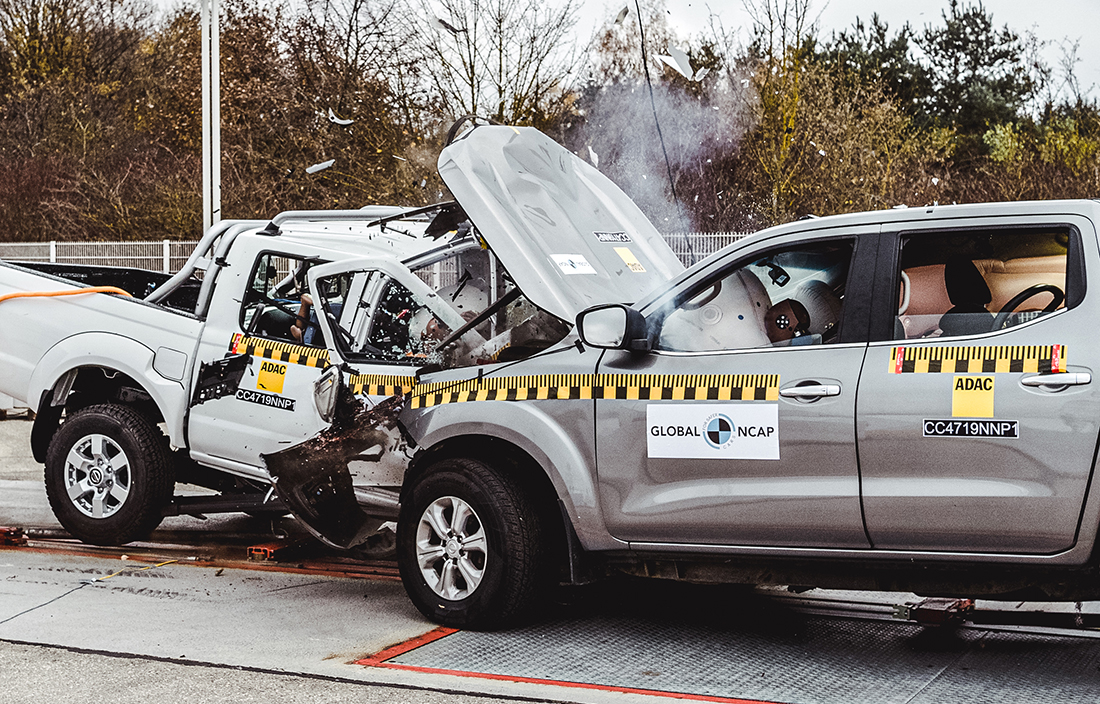


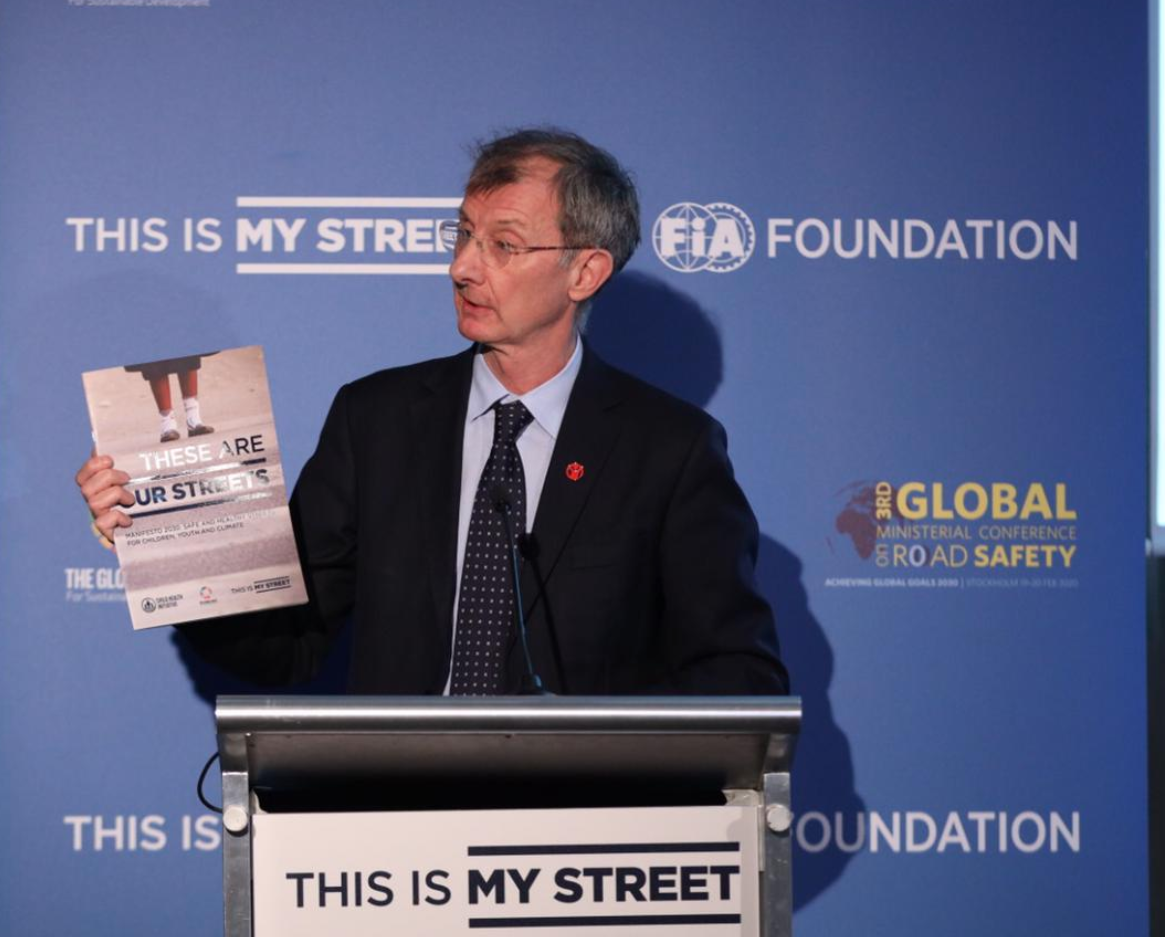



 RSS Feeds
RSS Feeds